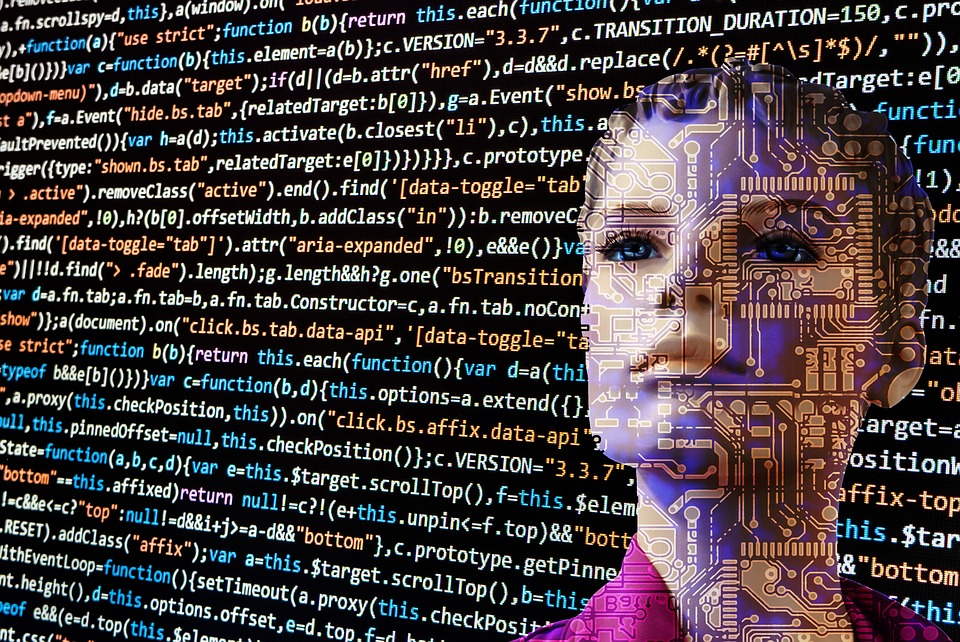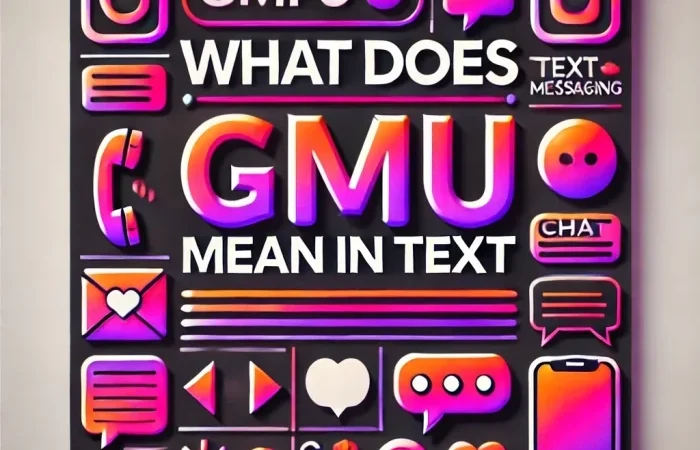How Artificial Intelligence Will Change Education System

If you research the application of artificial intelligence in education, you’ll find more than one professional research paper that dwells on the topic. Well, the truth is that artificial intelligence is changing various aspects of our lives, including how knowledge is transmitted. Things like personal assistants, smart sensors, virtual tutors, etc., have changed the way humans interact with each other and with their environment.
Artificial Intelligence Is Transforming Education
- Eliminate Boundaries With Global Learning
The world is now a global village, and artificial intelligence is one of the things that can eliminate boundaries and facilitate learning from remote environments without compromising on the quality of education. When educational institutions integrate AI-powered educational curriculums, students learn fundamental IT-skills that pave the way for innovation. Irrespective of race, gender, or location, everyone can enjoy this benefit.
- Take The Stress Out Of Administrative Tasks
AI-based systems take the stress out of administrative tasks. Teachers and other non-academic staff can use these systems to automate these tasks, saving time and redirecting resources to the places that matter most. AI-based systems can be used to grade papers, provide valuable responses, and assess homework for teachers. All the time that would have been spent doing these things will be spent attending to the needs of individual students. While the marking of objective scripts is easy, there is still a challenge when it comes to using AI-based systems to grade essays and other written answers. However, developers are already working on this.
- Offer Personalized Learning
Just like marketers are using AI-based systems to offer personalized ads to prospects, there are methods within the educational system that allow schools to offer personalized learning to students. While AI-based systems can’t replace teachers completely yet, they can aid teachers in offering personalized content to students who are having difficulty following up with the rest of the class. These systems can be used to set in-class assignments, exams, and reading schedules that meet the needs of individual students.
- Generate Smart Content
Every teacher wants to ensure that students gain academic success. While paying personal attention to the needs of each student is a good idea, it isn’t always easy to provide for every student equally. Teachers can now depend on artificial intelligence to create smart content that would be of high quality. Anyone who reads would think that the content was written by a professional. These systems can create customized textbooks on subjects, or make video lectures and conferencing more efficient. Several learning interfaces help students of various ages to see learning as an easy and fun activity, rather than stressful and difficult one.
- Providing Valuable And Instant Feedback
Tutoring makes things easier for students who need extra help outside the classroom. During tutoring sessions, teachers can provide instant feedback to students using AI-based systems even when they are not physically available. They can also create flashcards and other study guides for students. When students receive instant feedback from teachers, they are motivated to work harder and make improvements where necessary. These systems can also be used to provide useful educational tips to students who need answers to quick questions and may not have access to their lecturers.
These are the five major ways that artificial intelligence is impacting today’s educational system. While there has been significant advancement over the last decade, there is still a lot of progress to be made in this regard. Advocates of AI tech believe that there is the possibility that the technology will replace most workers, including teachers, in the future.






